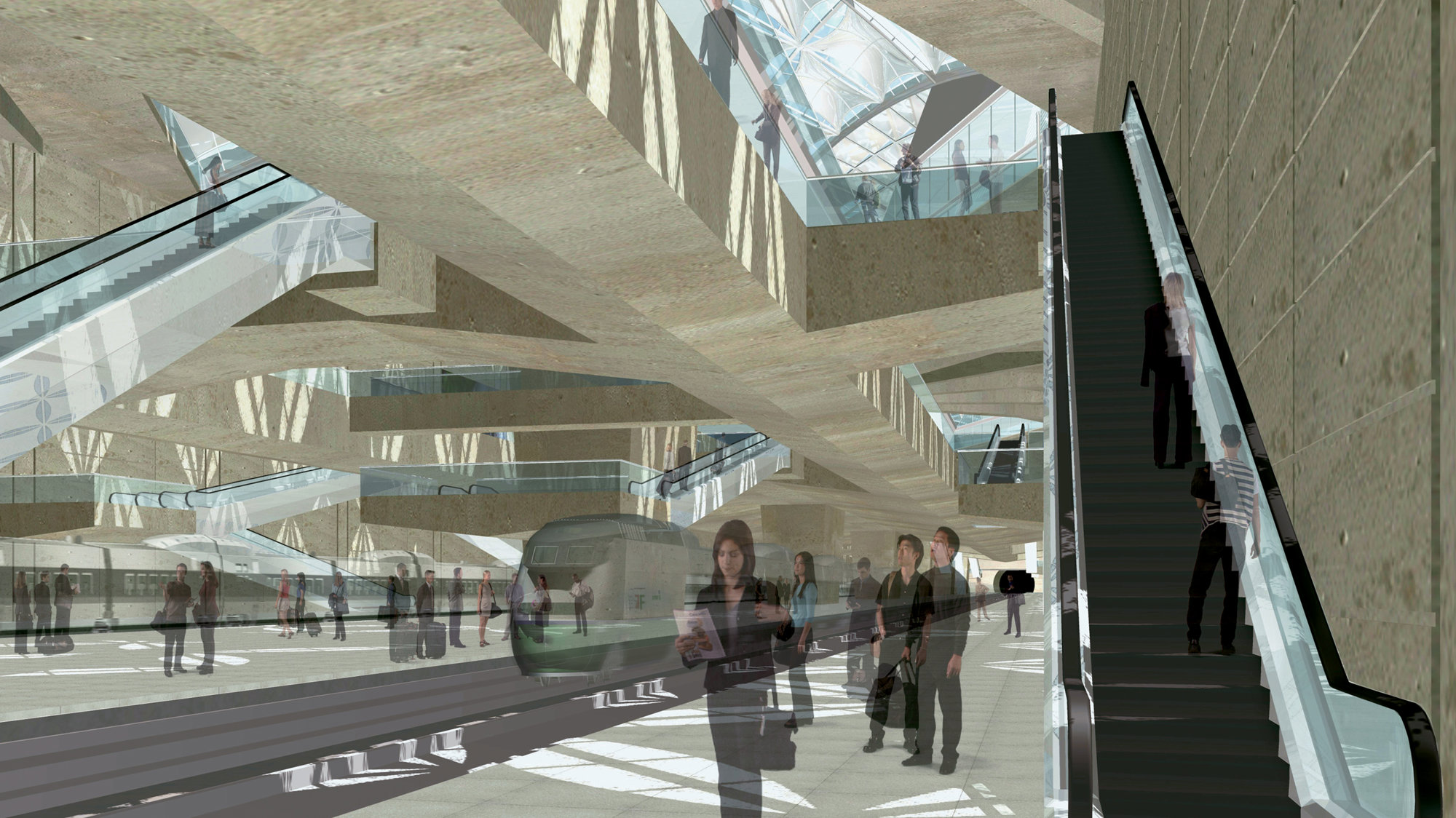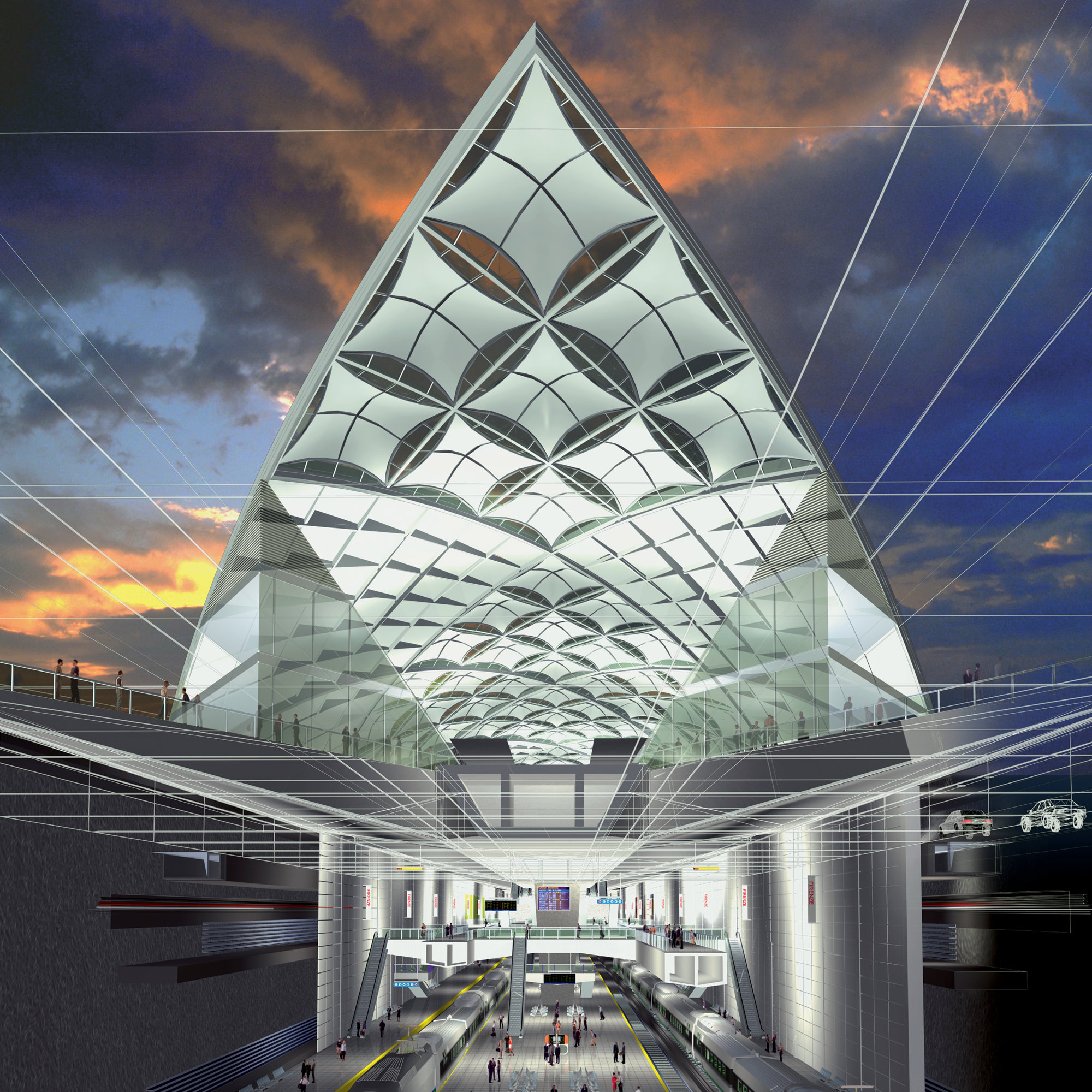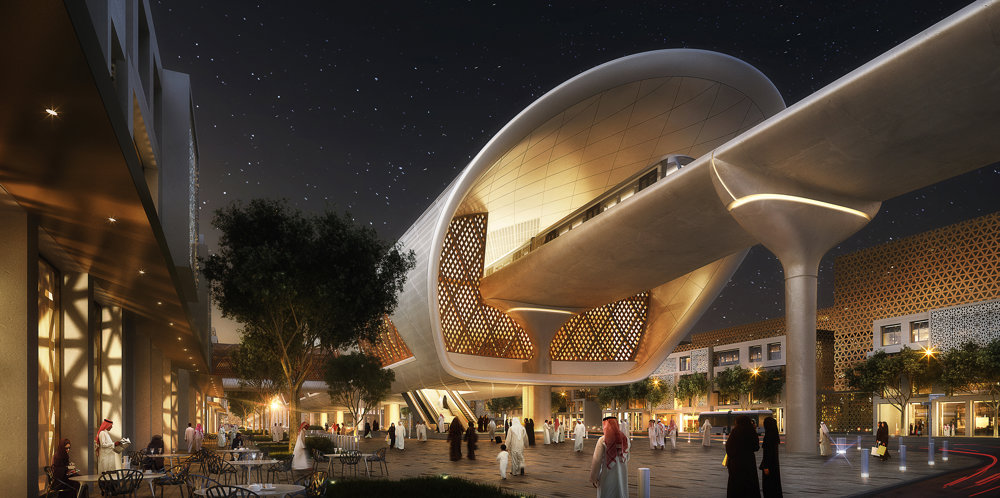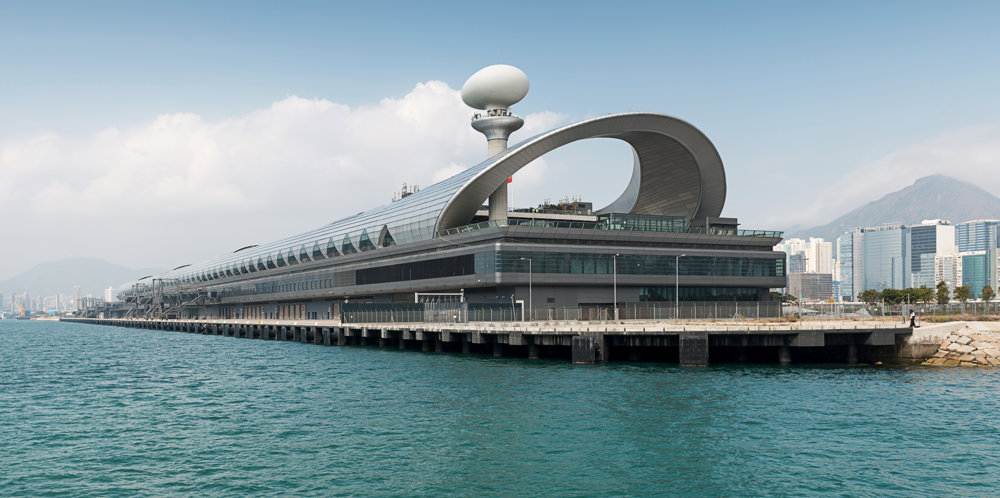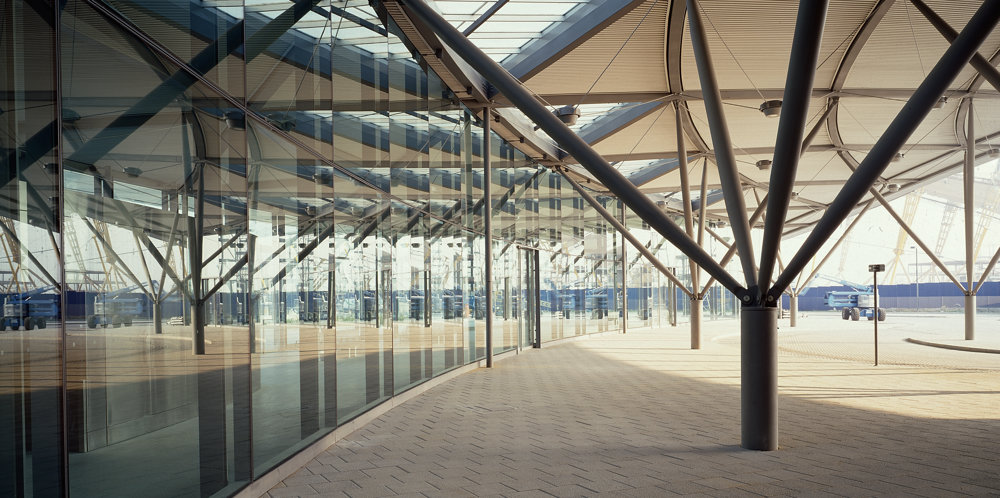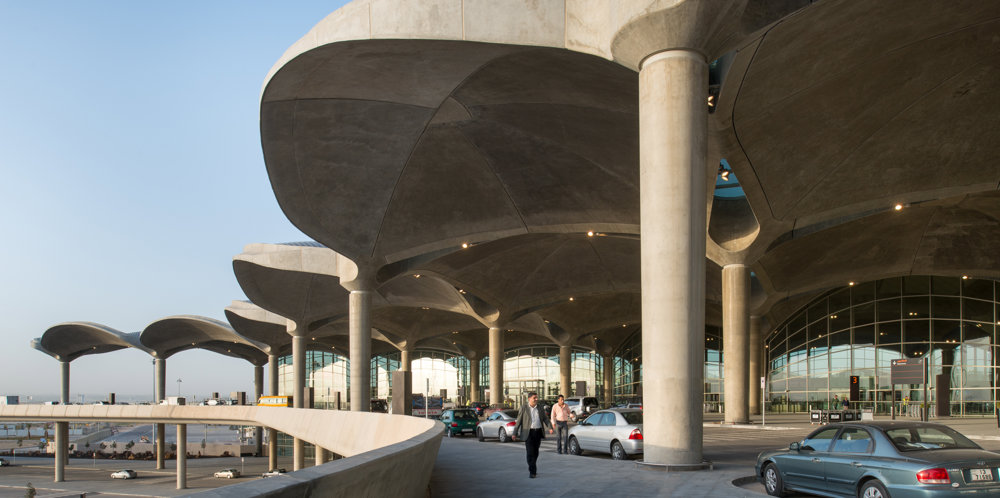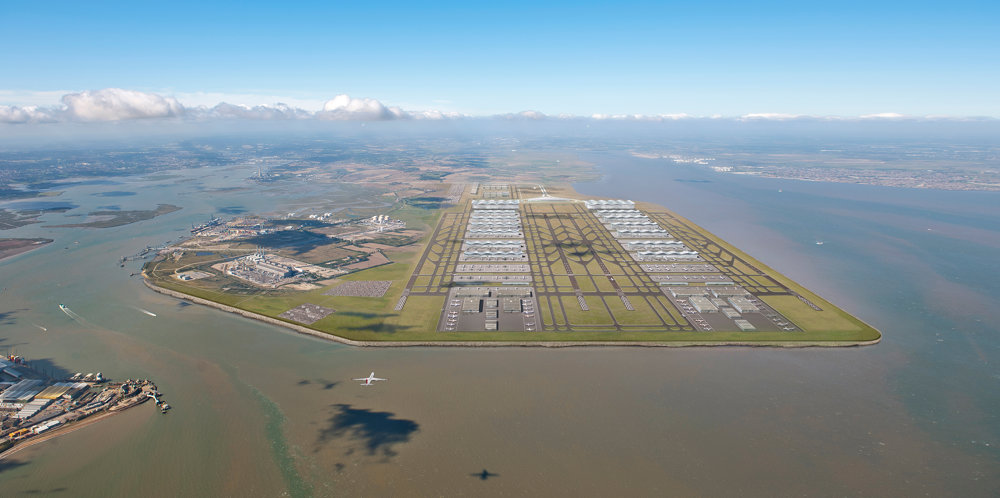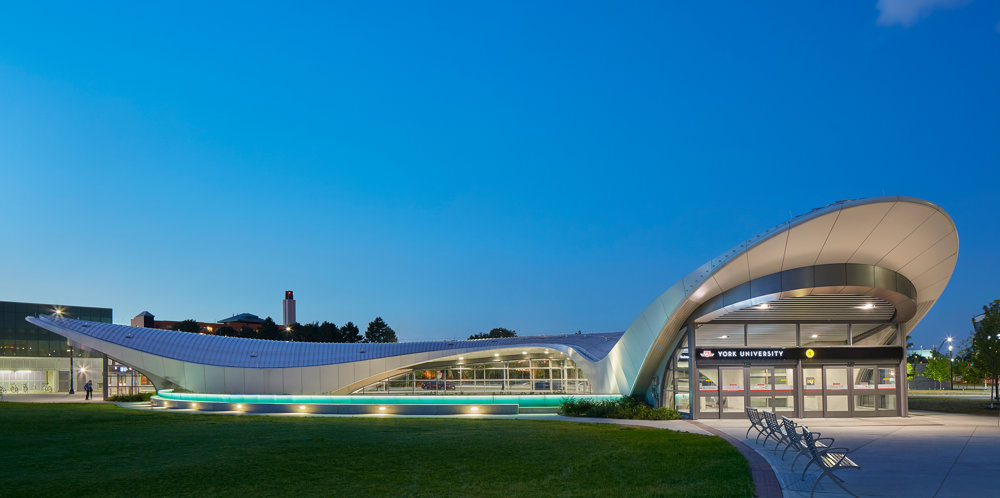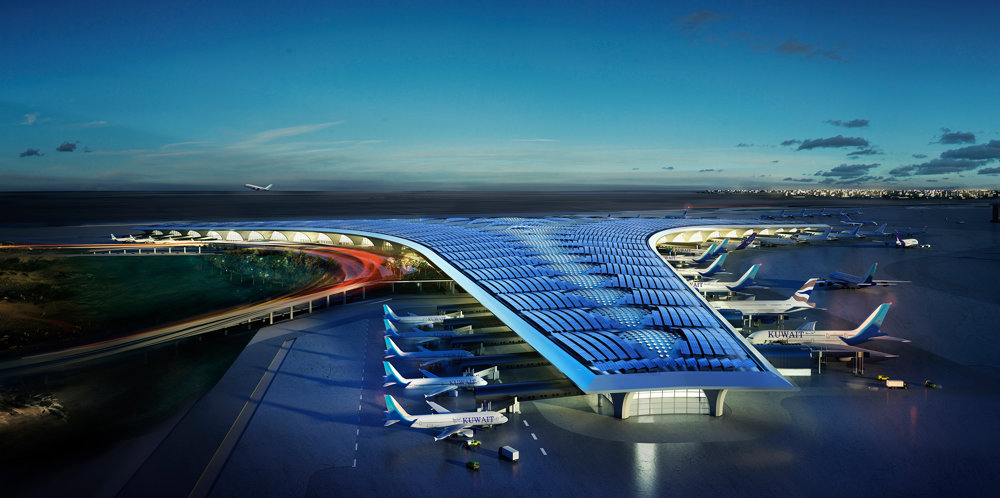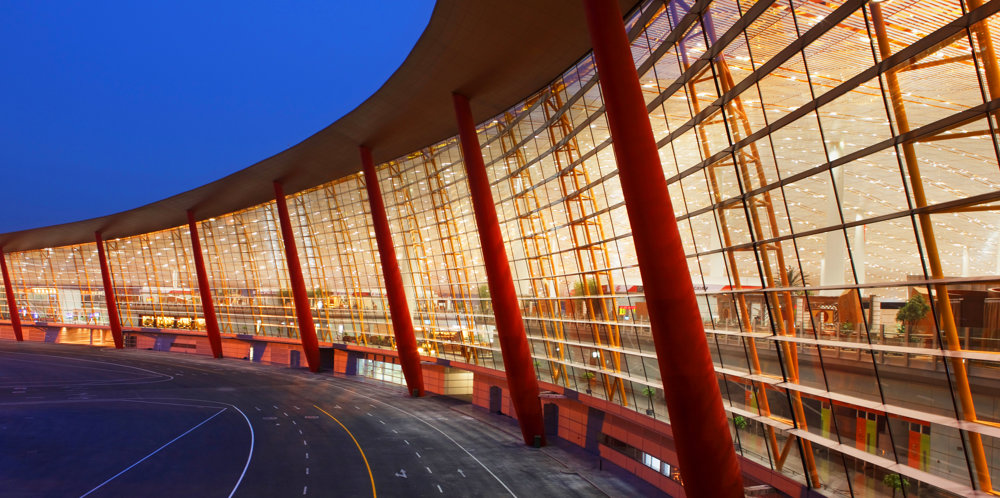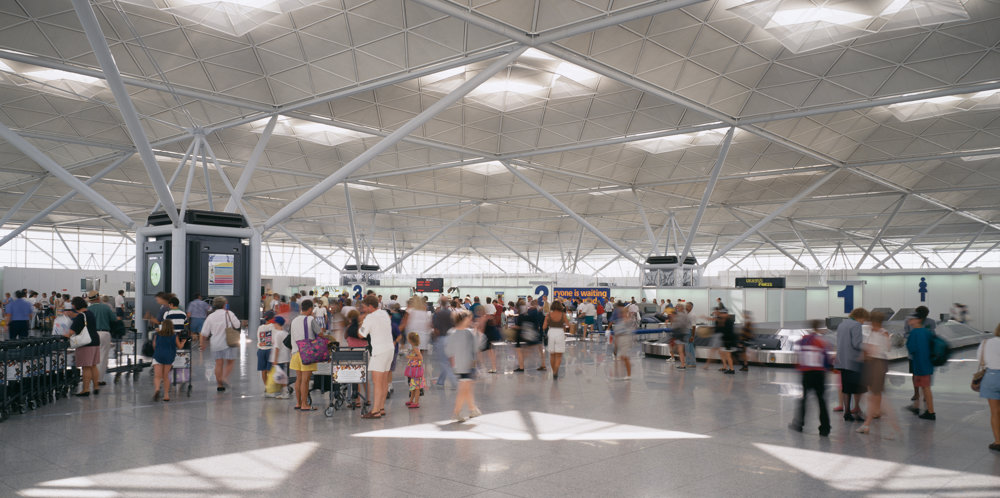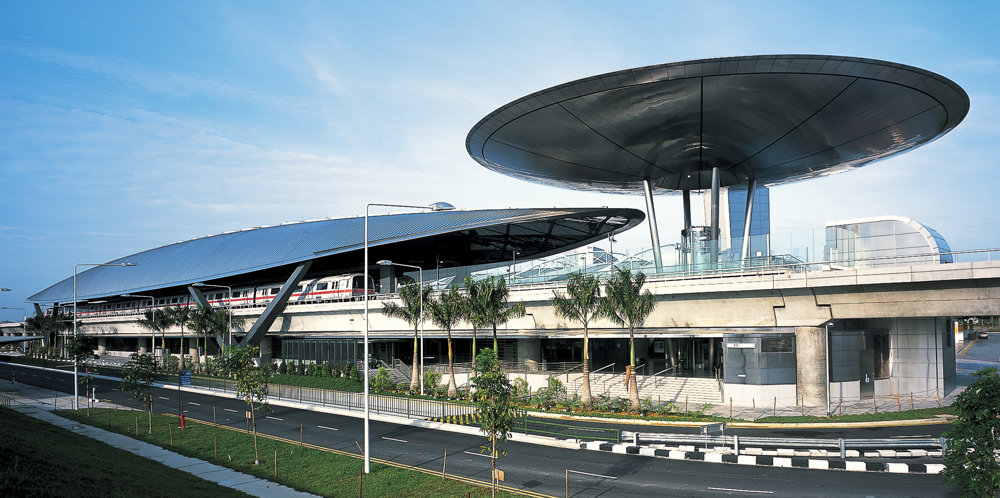As part of the creation of a new high-speed rail network, the Italian Government has instituted a major programme of station restructuring, including the creation of many new stations. This competition-winning design for Florence Station provides a new facility that will connect with the citys existing Santa Maria Novella station via a new tramline. Driven by a deep respect for the architecture of this magnificent city and a quest for clarity of passenger movement, the scheme is both a celebration of the experience of entry into Florence and an attempt to reduce the complexities of modern travel.
The majority of the new Bologna-Florence high-speed line is in tunnels. Correspondingly, the platform level in the new station is located 25 metres below ground. The station chamber consists of a single volume, 454 metres long and 52 metres wide, built using cut-and-cover techniques similar to those deployed at Canary Wharf Station. Passengers move from platform to ground level via lifts or escalators. Between the platform level and the street are two levels of shops, while a terrace at street level offers a view over the tracks and trains arriving and departing. The composition is capped by an arching glazed roof, which evokes the great railway structures of the nineteenth century. Arriving in the station, the generous volume, with natural light flooding in from above, gives an immediate sense of space and light; one can see the sky and sense the air of the city.
The scheme is designed to ensure durability and ease of maintenance, to minimise energy consumption and reduce running costs. Natural light is a crucial part of this equation, so too is temperature control. The arching roof structure provides a system for effective temperature regulation by drawing warm air out through via permanent vents. It also incorporates photovoltaic cells to generate power. The walls and floors are lined with a palette of rich materials familiar throughout the city - including a highly figured green and white marble - which will patinate gracefully over time. Sensitive to its historic location, but forward looking in its use of energy and other resources, the station offers a model for contemporary rail travel.









